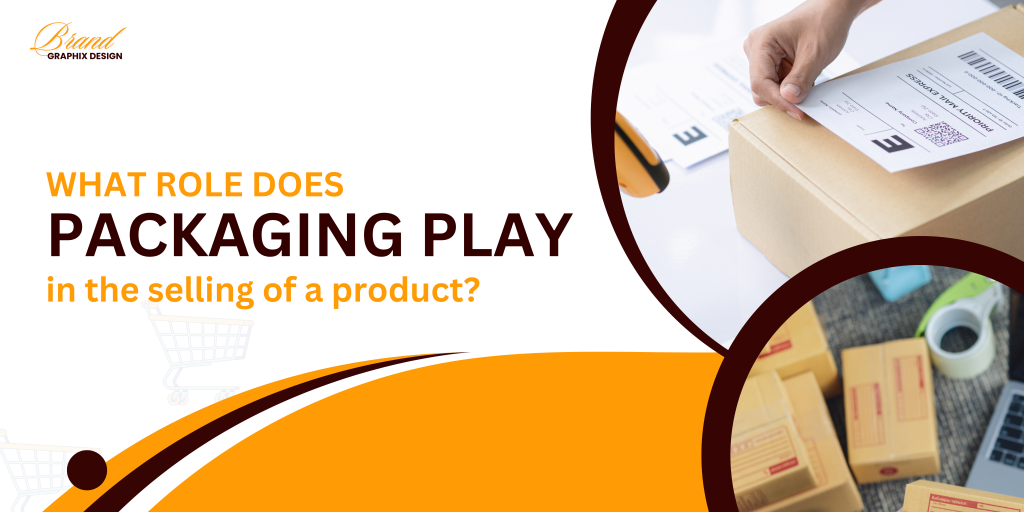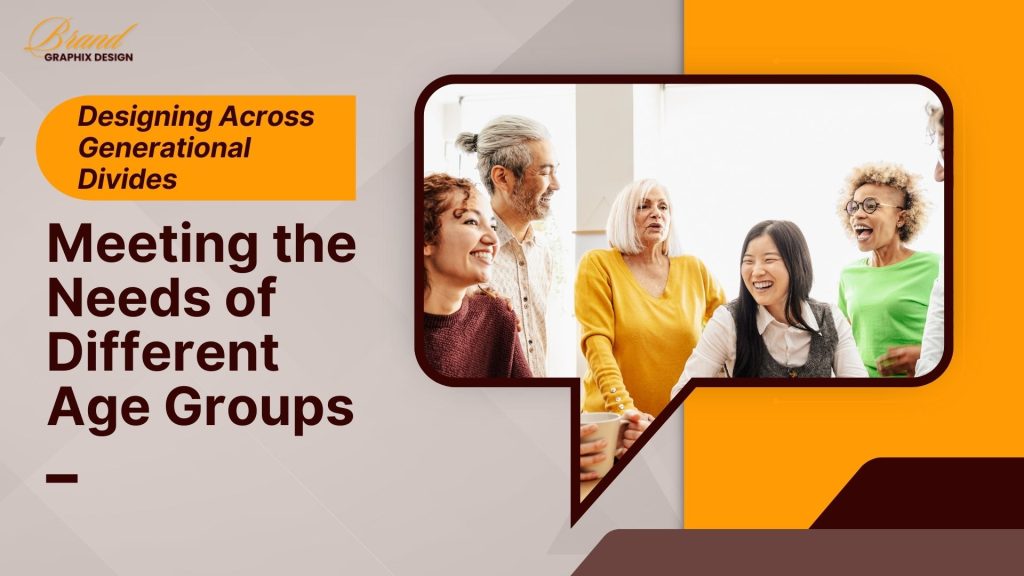The Importance of Packaging in Sales
Packaging is not just about protecting a product; it plays a vital role in the selling process. A well-designed package can influence a consumer’s buying decision, communicate the brand’s values, and create a memorable experience. In the competitive world of eCommerce and retail, where countless products vie for attention, packaging can make or break a sale. It’s the first thing a customer sees, and it serves as a visual cue that can spark curiosity or convey the quality of the product inside. In this blog, we will explore the crucial role packaging plays in selling a product and why it’s essential for businesses to invest in smart, functional, and attractive packaging solutions.
Packaging as a Marketing Tool
Packaging is one of the most effective marketing tools a business can use. It is the first interaction a customer has with your product, and it provides a unique opportunity to make a lasting impression. The design, colors, and materials of the packaging should align with your brand identity and target audience. For example, vibrant and bold colors may appeal to a younger demographic, while minimalistic and elegant designs might attract a more sophisticated crowd. Additionally, the packaging’s messaging should highlight key product features, benefits, and even environmental impact, making it an essential tool for conveying your brand story. In 2025, brands are increasingly using packaging as a form of marketing to engage customers through clever designs or sustainable materials that reflect their values.
How Packaging Influences Consumer Perception
Packaging significantly influences consumer perception, often shaping how a product is viewed before it’s even opened. A high-quality, well-designed package can create an impression of luxury, premium quality, and attention to detail, while poorly designed or damaged packaging can give the opposite effect. Consumers often associate the quality of packaging with the quality of the product itself. If the packaging is sturdy, sleek, and attractive, consumers are more likely to believe that the product inside is also high-quality. Packaging can also reinforce brand positioning; for example, eco-friendly packaging can signal that a brand is environmentally conscious, appealing to consumers who prioritize sustainability in their purchasing decisions.
Packaging and Brand Recognition
Strong, memorable packaging plays a key role in brand recognition. Consistent use of colors, fonts, logos, and design elements helps consumers instantly recognize your brand, even without seeing the product itself. Think of major brands like Coca-Cola or Apple; their packaging is so iconic that you can identify their products in a crowd. For smaller businesses, using packaging as a branding tool is an effective way to build recognition and customer loyalty. Over time, as customers become familiar with your brand’s packaging, they’ll start to associate certain visual cues with your products. This visual recognition can drive repeat purchases and increase the likelihood that consumers will choose your brand over competitors.
Packaging as a Practical Element
While aesthetics are crucial, packaging also serves a practical purpose: protecting the product inside. Proper packaging ensures that products are safe during transportation, handling, and storage. If a product arrives damaged or in poor condition due to inadequate packaging, it can negatively impact the customer’s perception of the brand and result in lost sales or returns. In addition, packaging plays a role in user experience. Easy-to-open, functional packaging can enhance the overall customer experience, while confusing or difficult-to-open packaging can lead to frustration. When businesses invest in packaging that is both attractive and functional, they improve customer satisfaction, reduce the risk of product damage, and increase the likelihood of positive reviews.
Packaging and Sustainability
In recent years, sustainability has become a major consideration in packaging design. Consumers are increasingly aware of the environmental impact of their purchasing decisions and are more likely to support brands that prioritize sustainable packaging. Eco-friendly materials such as biodegradable plastics, recyclable packaging, or reusable containers are gaining popularity. Packaging that minimizes waste and reduces the carbon footprint appeals to environmentally conscious consumers and can even enhance a brand’s reputation. In 2025, businesses are finding innovative ways to incorporate sustainability into their packaging without compromising on functionality or design. Not only does sustainable packaging contribute to a cleaner planet, but it also helps build customer loyalty by aligning with their values.
Packaging as an Emotional Trigger
Packaging can evoke emotions, which plays a crucial role in the buying decision process. Whether it’s the excitement of unboxing a beautifully packaged product or the nostalgia triggered by classic design elements, packaging has the power to create a memorable emotional connection with customers. Brands that use packaging to tell a story or create a sense of anticipation can enhance the overall customer experience. For example, limited-edition packaging or personalized designs can make the consumer feel special and valued. This emotional connection not only drives immediate sales but also encourages brand loyalty and word-of-mouth marketing, as customers are more likely to share their experiences with friends and family.
Packaging and Convenience
Convenience is a major factor in the decision-making process, especially in today’s fast-paced world. Packaging that is easy to handle, store, and dispose of adds a layer of convenience that consumers appreciate. For example, resealable packaging allows customers to preserve the freshness of a product for longer periods, while compact and stackable designs save space. Packaging that offers easy access to the product without requiring scissors or excessive effort is also highly valued. In the eCommerce sector, where products are often delivered directly to consumers’ homes, packaging must ensure that items are delivered safely while being easy to open and dispose of, providing a seamless post-purchase experience.
Packaging and Customer Loyalty
Packaging plays a crucial role in building and maintaining customer loyalty. When customers have positive experiences with a brand’s packaging, they are more likely to return for future purchases. Whether it’s due to the high quality, the functionality, or the sustainability of the packaging, customers begin to associate those positive aspects with the product itself. Moreover, packaging can enhance the unboxing experience, which, in the age of social media, can encourage customers to share their experience online. This organic marketing can build a brand’s reputation and encourage new customers to try the product. By investing in packaging that delights, brands can turn one-time buyers into repeat customers, fostering long-term loyalty.
The Power of Packaging in Selling Products
Packaging is much more than a protective layer for products; it is an integral part of the selling process. From acting as a marketing tool and enhancing brand recognition to creating emotional connections and promoting sustainability, packaging plays a pivotal role in how a product is perceived and sold. In 2025, businesses must consider both the aesthetic and functional aspects of packaging to ensure it aligns with customer expectations and brand values. By investing in innovative, attractive, and sustainable packaging, businesses can improve the customer experience, increase sales, and cultivate brand loyalty. Packaging is indeed a powerful tool in the art of selling, and its impact should not be underestimated.




